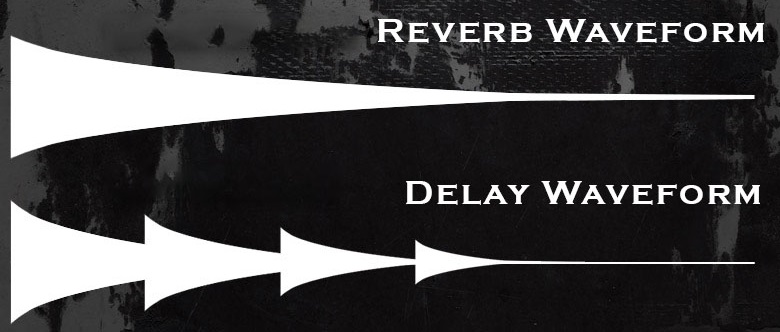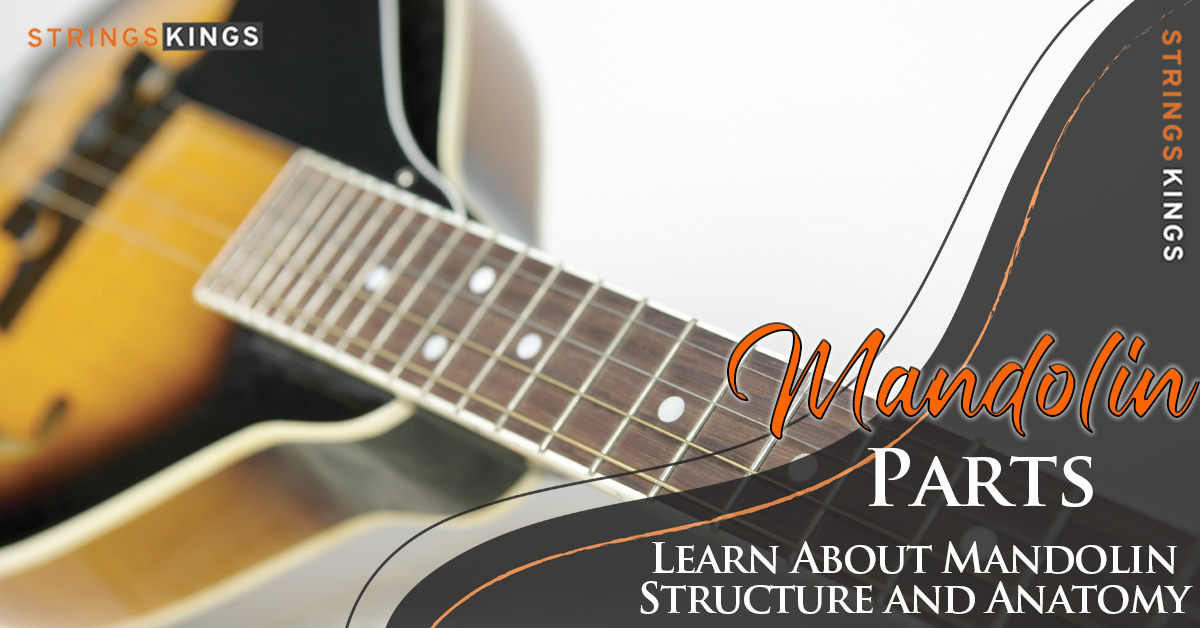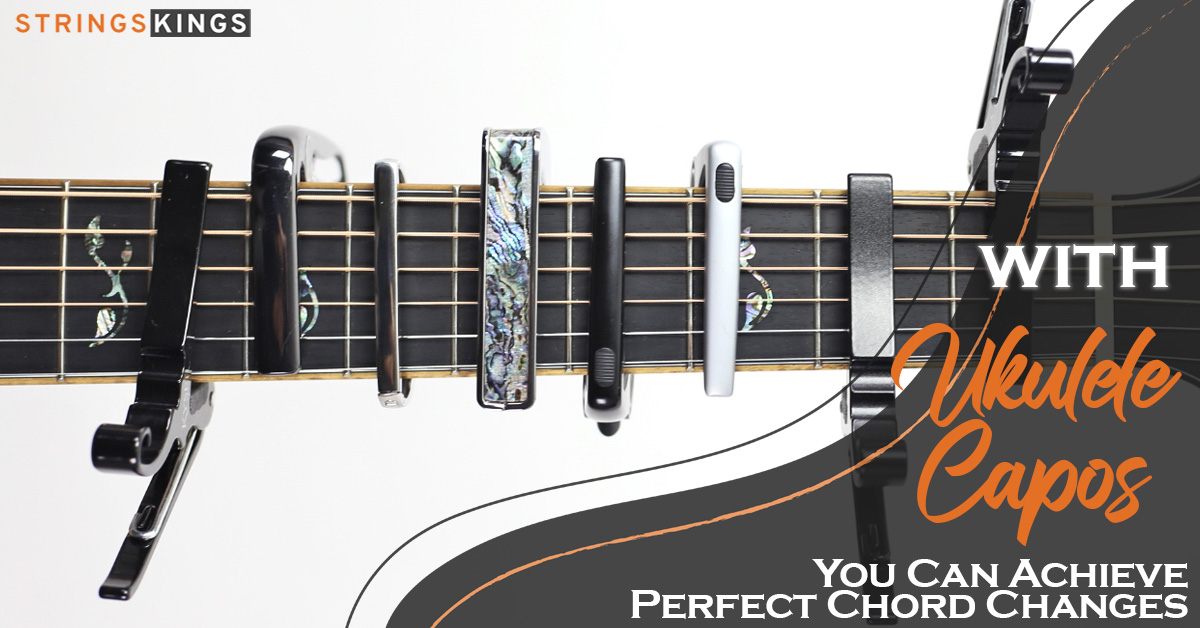Table of Contents
Introduction to Reverb
Since digital technology has advanced so much in the last few decades, it’s easier than ever to get different types of reverb. We’ll look at what is a reverb pedal and at how reverb became such a hugely popular tool for musicians, producers, sound designers, and countless other creatives in this article! So without further ado, let’s get started!
A reverb pedal is one of the most popular effects for guitarists. There’s no doubt that this is one of the most common effects of music. Every pedalboard has a reverb unit.
Exactly what is a reverb pedal and how do they work? These pedals emulate reverberation effects by using digital technology. To simulate real acoustic reverb, they add pre-delay, decay, and other parameters to the incoming guitar/instrument signal. After that, the affected signal is mixed with the direct signal.

What’s the Reverb Effect?
The term ‘reverb’ means reverberation, which in scientific terms means the persistence of sound after it’s created. When you clap in an empty room, you hear reverberation coming back at you.
Science says reverb happens naturally, but it can be replicated mechanically or digitally, as it often is these days. Laurens Hammond patented a spring reverberation mechanism in 1939; the sound is passed through a series of springs, then reverberated back into a pickup. Today, many guitar amps use this feature, which was built into the early Hammond Organs.
Spring Reverb
Due to its history as an artificial effect, spring reverb often evokes a vintage vibe due to its metallic sound. Spring reverb can be emulated digitally, but some manufacturers still include spring reverb mechanisms in their amps, such Fender, Mesa Boogie, Blackstar, etc. Adding a subtle spring reverb to your tone will go a long way if you’re a rock’n’roll or blues player!
Plate Reverb
Basically the same thing, but with metal plates instead of springs. In order to control the amount of reverb, the resulting signal is mixed with the original input in varying degrees.
Chamber/Hall Reverb
This uses a naturally ambient space, hence the name – if you play guitar in a cathedral hall, you’ll probably hear something pretty spacey and atmospheric. Of course, it’s not quite as practical since you need a dedicated space to perform or record!
Digital Reverberation
One of the most common reverbs in pedals and recording effects. In addition to replicating natural reverberations, it also lets you tweak parameters like attack, decay, and room size.

A Reverb Pedal: How Do I Use It?
It is possible to achieve a variety of different effects with the use of a reverb pedal; whether you want to capture a particular space such as a church hall, create a hypnotic ambiance, or replicate an old-fashioned spring mechanism, there are many options available.
When it comes to choosing the right reverb pedal that’s right for you, there are a number of things that you need to consider – before we dive into the details, take a look at this super cool video of Rabea and Danish Pete comparing reverb and delay pedals from GFI System – this proves the value of a decent reverb pedal!
The Controls on the Reverb Pedal
There will be some degree of tweak ability in every reverb pedal or effect, but each has its own unique character. Here are some examples of controls you might find on a typical reverb effect:
- Attack: By adjusting the attack, you can determine how quickly a reverb effect is heard after a signal has been detected. Keeping the attack low will produce an immediate and textural reverb while turning it up will create a sense of distance and space.
- Decay: As opposed to the attack control, this determines how long before the reverb tail dies back to silence. If the reverb level is low, your sound will be short, but if it is set high, the sound will last for a long time.
- Mix/level: In essence, this controls the level of the reverb against the dry signal. It’s a great way to add ambiance to your guitar, or crank it up and hear it disappear into oblivion!
- Tone: Even though the tone knob has lots of variations, it usually controls the reverb’s color. This can be anything from a bassy rumble echo to a breathy reverb. It all depends on your taste and stylistic preferences!
When you’re looking for the perfect reverb effect, you may encounter some additional controls. These are some less common examples:
- Shimmer: With this option, you can shift the input signal up by an octave (12 notes) and add it to the reverb mix. You get a truly dreamy, otherworldly sound.
- Dampen: This control makes reverberations sound warmer and less harsh by rounding off the high frequencies. You can use this technique especially when you want to create a subtler ambiance without highlighting your tone’s attack.
- Modulation/sway: In a similar manner to a chorus effect, this modulates the pitch of the output signal. Put it down low for a subtle, wavy texture, or crank it up for a wobbling echo!
- Pre-delay: As with attack, this can also be used for creating a delay-like quality by creating an audible gap between the original signal and the beginning of the reverb.

Signal Chain
In any effects chain, a reverb pedal will sit best at the end of the chain, as with any ambient effect. You can then utilize its full ambient potential without altering its sound; if you add reverb before other effects, its sound will be altered or, in some cases, cut short. The sound of your reverb may be subjective, however, as you may wish to have it sound gritty or affected in some way.
You can also run reverb through the effects loop of your valve amp if it has one. Reverb is placed in the effects loop between the power amp and preamp valves; the preamp valves control your amp’s overdrive or distortion, so placing reverb in the loop before the preamp means your reverb will sound cleaner and more accurate. Once again, this is a subjective choice – why not experiment and see what you prefer?
Delay vs. Reverb: What’s the Difference?
When you yell into a valley or mountain range and hear your voice repeat several times, those are clear reverberations that bounce back at you – repeats of the same sound. A delay can be described as a repeated signal, like the echoes of a sound, whose frequency gradually decays over time. There are several options available for changing the number, volume, modulation, and spacing between echos.
We refer to this phenomenon as “reverberation”, but there are more echoes (reverberations), which merge together into one long, slowly decaying echo. Due to the frequency of the reverberations, the parameters that you can adjust are very similar.

What are the Benefits of Using a Reverb Pedal?
Your rig can benefit from the use of a reverb pedal in a number of ways. The following are some of the most common applications that you may want to consider:
- Ambiance: If you feel that your sound is just too ‘dry’ and needs some padding, a little reverb can help. When you use a delay, the audible repetitions of your playing can sometimes interfere with the rhythmic aspect, whereas reverb simply adds a pleasant wash to your playing. Especially useful when you wish to extend the reach of your lead parts or to give you cleans a sense of space.
- Smoothen Your Mix: By adding some reverb with a quick attack and decay, you can fill in any gaps in your sound. Have you ever felt that the space between riffs or sections in a song is abrupt and unattractive? Adding a small amount of reverb can help you sit better in the mix, whether you are playing live or in rehearsal.
- Abstract Texture: The only thing that can change your guitar’s tone entirely, or add texture to an otherwise formulaic mix, is a feature-packed reverb! In some more complex reverb pedals, controls such as decay, tone, and shimmer can provide some really interesting effects.
Final Thoughts
As a result, reverb has become a vast category that extends far beyond many other guitar effects. Here, we have discussed what is a reverb pedal in music, its rich history, its most common applications, how you can adjust it to your liking, and some of the key players in this field.
Having considered all of this, the word ‘reverb’ may seem less daunting now, and you may be more inclined to incorporate it into your gear. We are confident that this article will assist you in making the right decision, regardless of whether it is a simple one-effect solution, a fully loaded professional-grade effects unit, or simply something that you can experiment with.







